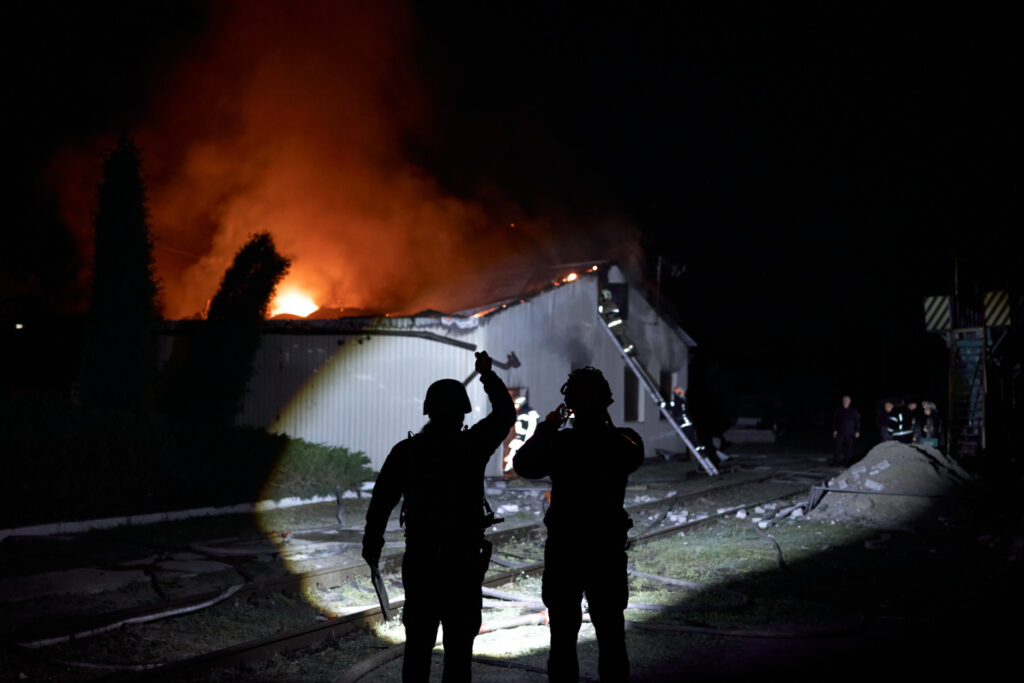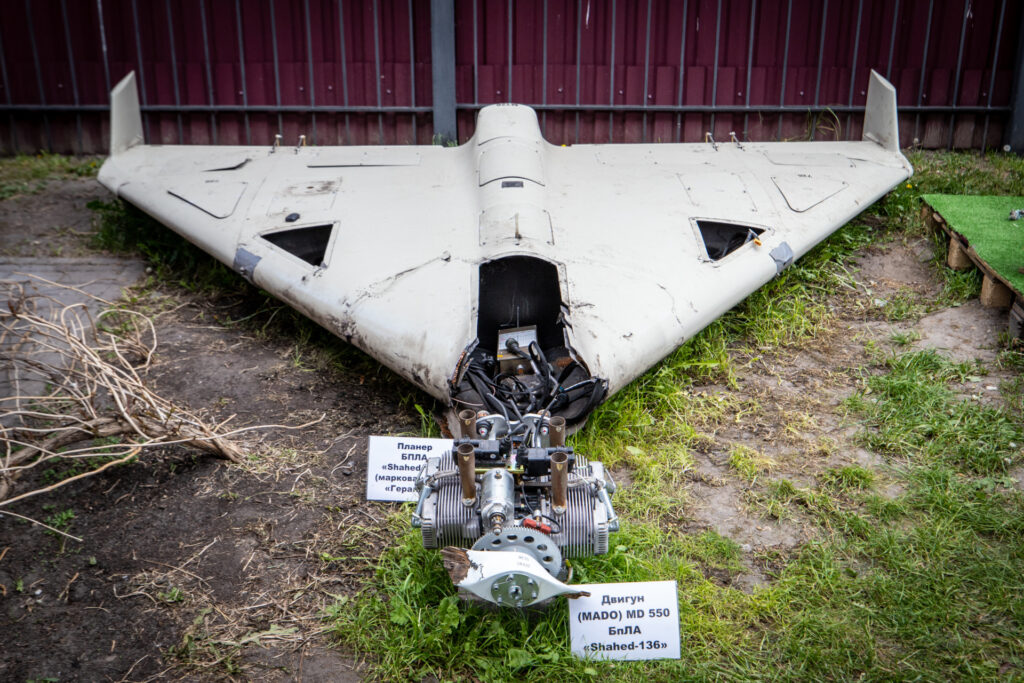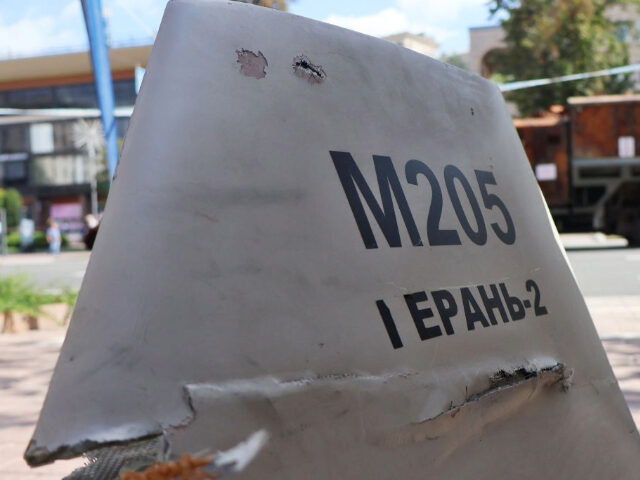Russia is expanding a factory in the Alabuga special economic zone of Tatarstan to produce at least 6,000 Iranian Shahed suicide drones per year, according to an alleged secret contract between Russia and Iran that a hacker group called the Prana Network “discovered.”
The Prana Network is an enigmatic hacking group that focuses its efforts on the Islamic Republic of Iran, particularly Iran’s terrorist military organization, the Islamic Revolutionary Guard Corps (IRGC).
In February, the Prana Network claimed to have breached the email servers of an Iranian front company called “IRGC Sahara Thunder” that was allegedly facilitating the illegal transfer of weapons from Iran to Russia. Russia has faced allegations for months that it is using Iranian drones to attack targets in Ukraine, although Moscow still officially denies importing drones from Iran, insisting that some Russian designs just happen to look exactly like the Iranian Shahed series of kamikaze drones.

An administrative building is on fire after a Shahed-136 unmanned kamikaze drone attack on the railway infrastructure on May 17, 2024, in Kharkiv, Ukraine. (Kostiantyn Liberov/Libkos/Getty Images)
Western intelligence officials reportedly claim Russia severely depleted its stock of drones early in the Ukraine invasion and was desperate to buy Iranian equipment to refresh its inventory. The Russians evidently concluded Iran’s design was superior to their own, or at least more cost-effective, because Russian factories reportedly began cranking out Shahed-series drone bombs.
The Prana Network hack uncovered what the hackers claim is a secret agreement between Iran and Russia for the latter to mass-produce Shahed-136 drones at a factory in Alabuga. The alleged documents evasively referred to the drones as “motorboats.”
The alleged contract between Iran and Russia covered technology transfers, support equipment, spare parts, and software for the drones at a negotiated discount price of about 290,000 U.S. dollars apiece. The total value of the contract was allegedly a hefty $1.75 billion.
Hacked documents suggested that Russia paid much of this price in gold. The payments and delivery of services were supposedly processed by Iran’s network of front companies across the Middle East and Asia, which Tehran uses to evade U.S. sanctions and violate international law.
An update from the Wall Street Journal on Tuesday claimed the plant in Alabuga is running well ahead of schedule. The Journal, which often publishes rumors citing anonymous sources, claimed the plant has already manufactured 4,500 Shahed-136 drones and is on its way to meeting the optimal production quota of 6,000 units per year.

The remains of a Shahed-136 drone at an exhibition showing remains of missiles and drones that Russia used to attack Kyiv on May 12, 2023, in Kyiv, Ukraine. (Oleksii Samsonov /Global Images Ukraine via Getty Images)
Ukrainian military intelligence officials said the Iranian IRGC and its Lebanese terrorist proxy Hezbollah are working to train Russian drone operators at facilities in Syria. The Ukrainians added that Russia is domestically producing warheads for the Shahed kamikaze drones.
The Kyiv Post reported on Tuesday that Russia could not scrape together enough skilled workers from the populace of Tatarstan to crew the drone factory, so it dispatched businessmen to Uganda to host a recruiting event for young female students, who were offered triple the average wage in Uganda plus expenses to work at Russia’s drone factories.
Sources in Uganda claimed that school teachers were paid to assist the Russian plot by recommending former students who might perform well on the drone assembly lines.
Some of these teachers alleged they were unaware the Russians sought to recruit their students to manufacture military drones, but the Kyiv Post noted that Russia actually created promotional videos that showed Ugandan women in hazmat suits assembling reconnaissance drones for use against the Ukrainians.
In April, Ukrainian officials claimed to have conducted successful drone strikes into Tatarstan, including an attack that inflicted “significant damage” to the plant producing Iranian Shahed drones. Another strike targeted Russia’s third-largest oil refinery, located in the industrialized area of Tatarstan.
The Kremlin denounced Ukraine’s strikes as “terrorist activity” and said the Russian military was “working to minimize this threat, and subsequently to eliminate it.”
Also, in late April, Iranian state media unveiled a new series of high-endurance “loitering” drones that appeared to incorporate technology from Russia’s Lancet drone, a weapon system that has been deployed successfully by Russian forces in Syria and Ukraine.
This new Iranian drone gave the appearance of a two-way street for unmanned aerial vehicles (UAV) technology transfers between Iran and Russia, although some observers noted Iran has successfully cribbed from Israeli, Chinese, and Taiwanese designs without any help from engineers from those countries, often by reverse-engineering wreckage from crashed aircraft.

COMMENTS
Please let us know if you're having issues with commenting.